Fire or life threatening emergencies: 000
Emergency Information: 13 3337
SES Emergency Assistance: 132 500
The emergency planning tool within Emergency WA provides you with one place to prepare, store, print, share and update your emergency plan any time, from any device.
Creating an emergency plan in the app and attaching it to your watch zone means you’ll be instantly notified when disaster strikes. Emergency WA will deliver your plan back to you, cutting out indecision when it matters most.
Prepare for a bushfire now and keep yourself and your household safe by creating your emergency plan.
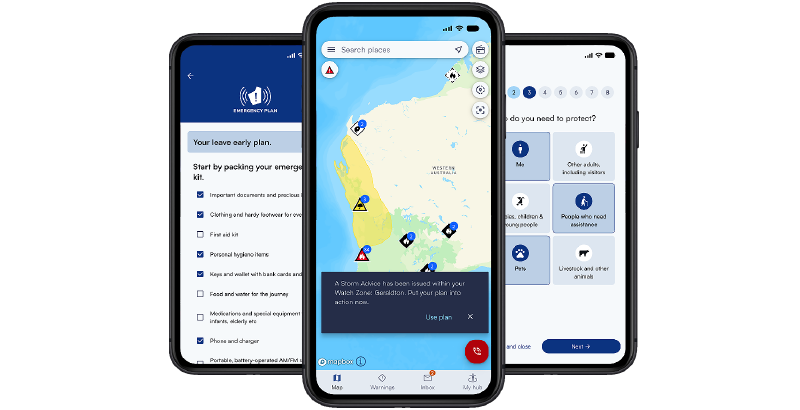
Printed copy
You can order a printed version of the Bushfire Preparation Toolkit for free.
Leave early before a bushfire starts (Easy English)
Download your Easy English bushfire planning tool.
Fire Danger Ratings (FDR) are issued daily and describe the potential level of danger should a bushfire start. They provide important information so you can take action to protect yourself and others from the potentially dangerous impacts of a bushfire.
Launched in 2022, the Australian Fire Danger Rating System (AFDRS) is a nationally consistent FDR system that features four simplified rating levels to more accurately reflect fire danger conditions and provide you with clear messages of what to do at each level.
The rating is your prompt to take action to stay safe. You need to stay informed and know what the FDR is for your area each day.
Australian Fire Danger Rating System First Season Review Summary
Australian Fire Danger Rating System Fact Sheet - Introducing the AFDRS
Australian Fire Danger Rating System Fact Sheet - Ratings and Messages
Australian Fire Danger Rating System Poster - Ratings and Messages
Australian Fire Danger Rating System Poster - Fire Behaviour Index
Australian Fire Danger Rating System Wallet Card
Australian Fire Danger Rating System Flyer
The introduction of the Australian Fire Danger Rating System (AFDRS) has been the most significant change to the forecasting of fire danger in Australia in the last 50 years. The AFDRS uses the latest scientific understanding about weather, fuel and how fire behaves in different vegetation to improve the reliability of fire danger forecasts. This strengthens the ability of those working in emergency management to be prepared, make decisions, and provide advice to the community. A key benefit of the AFDRS is the ability to refine, update and constantly improve its application and functionality as new science and evidence become available.
The new system has four ratings:
Fire Danger Ratings are displayed to the community through the iconic ‘watermelon’ shape, with colours moving from green to red to reflect increasing fire danger. ‘No Rating’ is represented by a thin white strip on the left-hand side, to reflect days when conditions present minimal risk. Each rating has a set of supporting messages which explain what community response is required at each level.
Find out more about the ratings and their accompanying actions, using our interactive Fire Danger Rating slider.
‘No Rating’ does not indicate that fires can’t or won’t start, although this is a common misconception. It just means that in these conditions, fires are not expected to spread in a dangerous or life-threatening way. You will still need to remain alert and abide by local seasonal laws and regulations.
You can check your daily Fire Danger Rating on emergency.wa.gov.au, bom.gov.au or by calling 13 3337 (13 DFES). For the four-day Fire Danger Rating forecast, see the text version page of Emergency WA.
You can also see Fire Danger Rating signs across Western Australia from late November, displaying the daily Fire Danger Rating.
Fire Weather Districts are used to communicate Fire Danger Ratings. WA is divided into 47 Districts. Visit Emergency WA to find which District you live in, work in or plan to travel through.
For a list of Western Australia’s Fire Weather Districts, and the Local Government areas they include click here.
For more information, contact your local DFES Regional Office.
WA is more than 90% bushfire prone, and we experience thousands of fires each year. No matter where you live or travel, you need an emergency plan. Create your emergency plan on Emergency WA to stay prepared, no matter where you are.
If you live in a bushfire-prone area, you need to understand bushfire warnings before a fire threatens your home. There are three warning levels which move up and down to reflect the risk to your life or property before, during and after a bushfire. The warning level will be followed by an action statement such as “Prepare to evacuate” giving you clear instructions on how to stay safe. Learning these three levels and how to respond to them could save your life.
For the latest information visit emergency.wa.gov.au
Bushfire Warning System Magnet
Order your Bushfire Warning System Magnet for free.
Check bushfire information (Easy English)
Download Bushfire Information in Easy English.
For all current bushfire alerts and warnings visit emergency.wa.gov.au
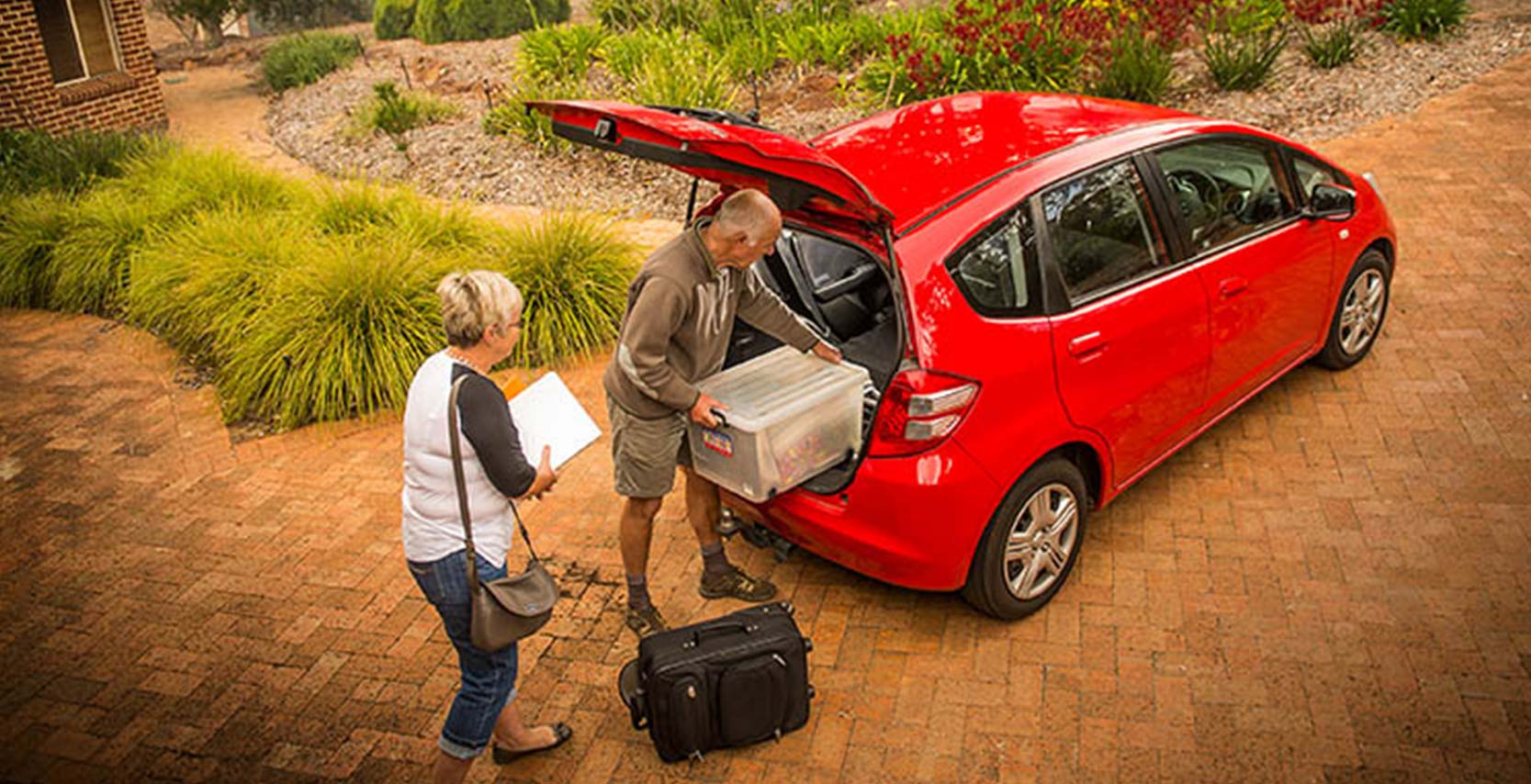
When a bushfire is likely to impact your home, staying to defend it or preparing to shelter in place is extremely dangerous. You must be mentally and physically ready and have an extensive emergency kit plus an independent supply of power and water to increase your chances of survival.
If you don’t know that you could handle the life-threatening situation and keep your family safe, then your best option is to evacuate early and have an emergency evacuation kit.
You should prepare your kit before the bushfire season and keep it in an accessible spot that everyone knows about.
This kit should include the essential items you need to keep your family comfortable and safe while you evacuate and until it’s safe to return.
Emergency evacuation kit list:
Items to grab when leaving:
Sheltering on your property during a bushfire should be your last option, when all other plans fail and if you are unable to leave. Sheltering on your property includes your home, paddock with low vegetation, a burnt out area, dam or nearby river or beach.
If you plan to stay and defend, you need a high-level understanding of bushfire behaviour, be well prepared and know your back up plans. You also need independent supplies of power and water and personnel protective equipment and clothing.
Remember that when a bushfire starts, things can change in a matter of minutes and you need to be mentally and physically prepared to survive in a variety of conditions.
Your emergency kit should be stored in a fireproof box and include items you will need to survive during and after a bushfire.
Emergency kit list:
Preparing an Emergency Kit
Download Preparing an Emergency Kit to help your family prepare for an emergency.
Bushfire emergency kits (Easy English)
Download Emergency Kit in Easy English.
Firefighters will be too busy fighting fires on the frontline to defend your home and property, so it is your responsibility to be prepared. Download, print and complete the Property Preparation Checklist to give your home and property the best possible chance of surviving a bushfire.

New Standards in Western Australia are making it easier for people to protect their property from bushfires. The introduction of Bush Fire Risk Treatment Standards allows landowners or occupiers, within certain areas of the State, the ability to undertake specific vegetation management activities around residential and public buildings. If followed, the Standards ensure they will not be liable to prosecution under other laws. Open the Standards here or visit the Western Australian Government Gazette.
The Standards apply to all bushfire prone areas of WA, but there are some exclusions to protect important environmental or heritage sites. To read the exclusions to the Standards, download the PDF here (see page 13).
DFES has released a guide to help owners and occupiers of land understand where the Standards apply, and the vegetation management activities that are covered. For more information, download Guide for applying the Bush Fire Risk Treatment Standards.
As a property owner, you have an important role in reducing the bushfire risk to occupants, visitors and neighbours. One of the most important steps is the creation and maintenance of an Asset Protection Zone (APZ).
An APZ is a low-fuel area immediately surrounding a building. It should include a defendable space adjacent to the building, which is no less than three metres in width, has minimal vegetation and is free from combustible items and obstructions. If correctly designed and maintained, an APZ can increase the likelihood that your building can be defended during a bushfire and that it will survive if left undefended.
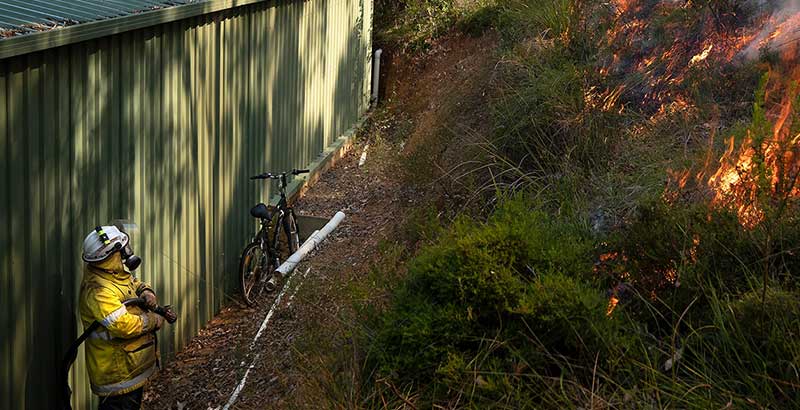
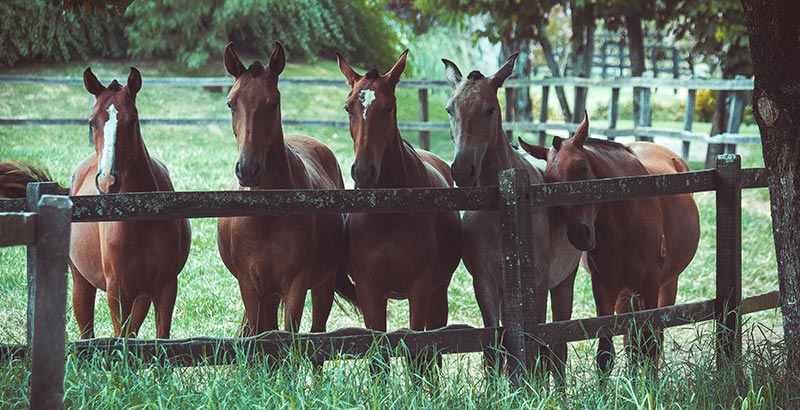
When preparing your family and property for natural disasters, you also need to consider your pets and livestock.
Ensure that your pets are properly identified with a name tag or microchip or that you have a recent photo of them with you, and that stock registers for your livestock are current.
Find out more about pet and livestock welfare in an emergency by visiting the Department of Primary Industries and Regional Development website.
You can also ask your local government if there are pet or livestock welfare arrangements in place during an emergency.
The best way to protect your pet is to move them to a safer area in advance. This may mean taking them to relatives, friends, animal boarding facilities or to a temporary animal shelter or evacuation centre which accepts animals.
When relocating your pets make sure you supply make sure that you supply:
Find out more about caring for pets in a natural disaster here.
If you don't have a pre-arranged evacuation site for your animals, head to your local council evacuation location and request further information when you get there.
It is important to have a plan to care for livestock. Planning to leave early is the best way to ensure their safety.
When moving livestock, you should consider:
You can find out more about caring for livestock during an emergency here.
If you are unable to move your pets in advance and are unable to take them with you, take the following precautions to help keep them safe:
Trained assistance dogs
Trained and accredited guide and assistance dogs will be allowed to stay in emergency shelters with their owners. Those accepted will require appropriate evidence of registration, accreditation, and identification.
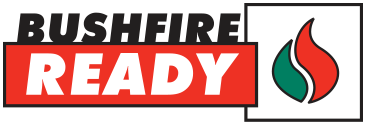
Bushfire Ready is a community-led program that encourages local residents to learn about planning and preparing for bushfires by working together.
Bushfire Ready is focused on increasing community resilience and encourages residents to form a Bushfire Ready Group within their street or area. In groups, community members learn how to prepare homes and properties using bushfire survival plans.
The program is self-managed, flexible and driven by your community, for your community. Members decide when, where and how often to meet, and will receive support from a trained Volunteer Bushfire Ready Facilitator and local Fire Services personnel.
To find out if your area has a Bushfire Ready Group or to form a group in your local area, contact the DFES Community Preparedness Team on 9395 9816 or by emailing CommunityPreparedness@dfes.wa.gov.au